
|
A Quick Look Back |
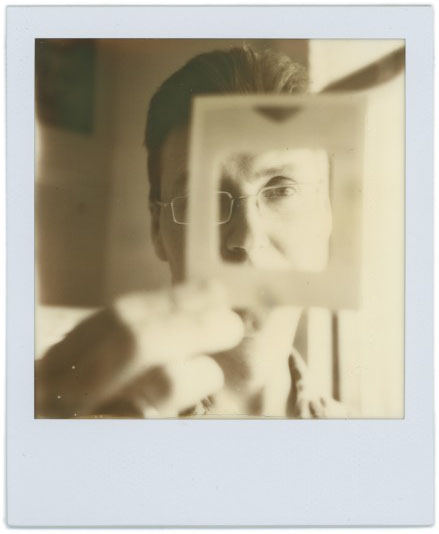
|

|
A Quick Look Back |

|
| The late 19th century was a turning point in the field of photography. There was increasing interest in finding ways to make it more accessible to the general public. The Eastman Kodak Company was the first to successfully engineer a lightweight, easy to use product, the No. 1 Kodak, which was revolutionarily different from competitors at the time--"specifically designed for the use of roll film, and for holding close to the chest in making an exposure," a fusion of software and hardware, the film and the camera respectively (Johnson 101-4; Orvell 35). The first of [these] portable, hand-held cameras...[were] a step in the direction of portability and freedom from the use of tripods (Johnson 104). Liberating the camera from the tripod and bringing it closer to the body itself, created a more personal connection between the individual and the camera. Johnson claims, "hand camera use intervened to redefine the representation of...personal history, and largely so because the discourses which situated its uses oscillated between the camera's status as both a messenger of 'truth,' and an indispensable and quintessential 'historian,' two mutually supporting concepts" (181-2). The popularization of hand held cameras changed how individuals made meaning. It made photography available to almost anyone, in any place, at any point in time. |
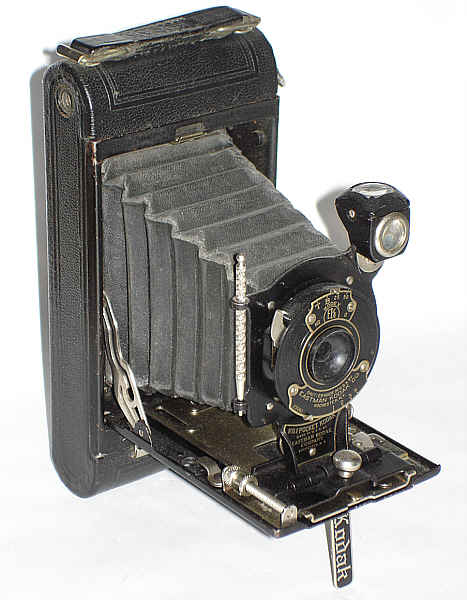 |
 |
By providing consumers with a rapid succession of newer, better, and cheaper, ways to make images, without having to be knowledgeable in the techniques of development, ventures such as Kodak's aided in subverting "hierarchies based on individual and collective access to these new technological forms..."(Johnson 163). The appeal of the hand camera was, and continues to be, tied up in notions of control over space/mobility and time, control over the material world and nature by machines--a realistic and factual documentation of events. "For McLuhan, media are technologies that extend human sense perceptions. In proposing that 'the medium is the message', McLuhan argues that the cultural significance of media lies not in their content, but in the way they alter our perception of the world" (Murphie and Potts, 13). So, while hand held cameras revolutionized the world of photography, there still remained a disconnect that happened at the stage of development. People still needed a darkroom and knowledge of chemical processes, or liaisons that had these skills, to bring their images to life from the roll of film. |
Around the middle of the twentieth century, a bright young Chemist named Edwin H. Land set in motion research that would revolutionize the field of photography. After attending Harvard for only one year, Land dropped out to start his own company and pursue his fervent interest in light polarization. He went on to solve one of science's long-standing "unsolvable" problems--polarizing light without needing a large crystal of an obscure mineral; he created the first synthetic sheet polarizer (Blout 39-41). This discovery was the basis upon which Land was able to develop what became known as Polaroid instant photography. Jennifer Land, Edwin's daughter, on a trip to Sante Fe in 1944 asked, "Why can't I see the picture right away?" (Blout 42). Her father thus embarked on the creation and perfection of easily transportable equipment that instantly produced a tangible photo.

|
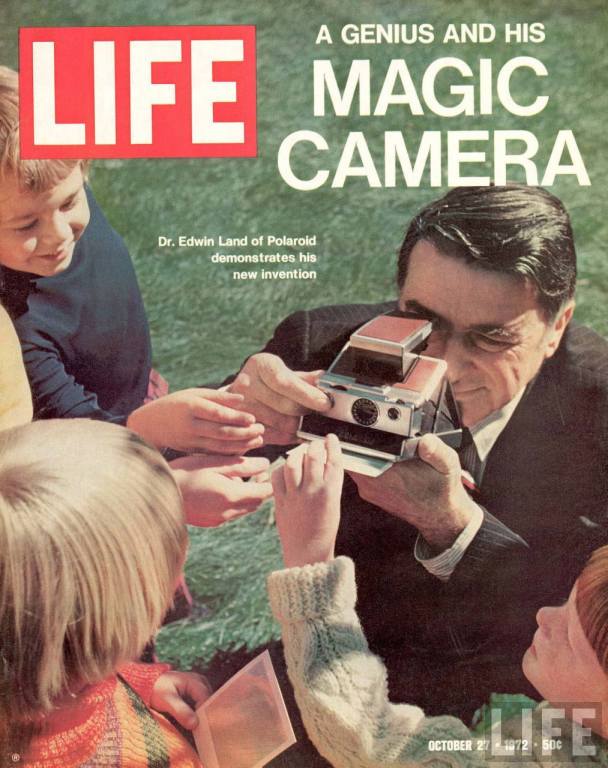
|
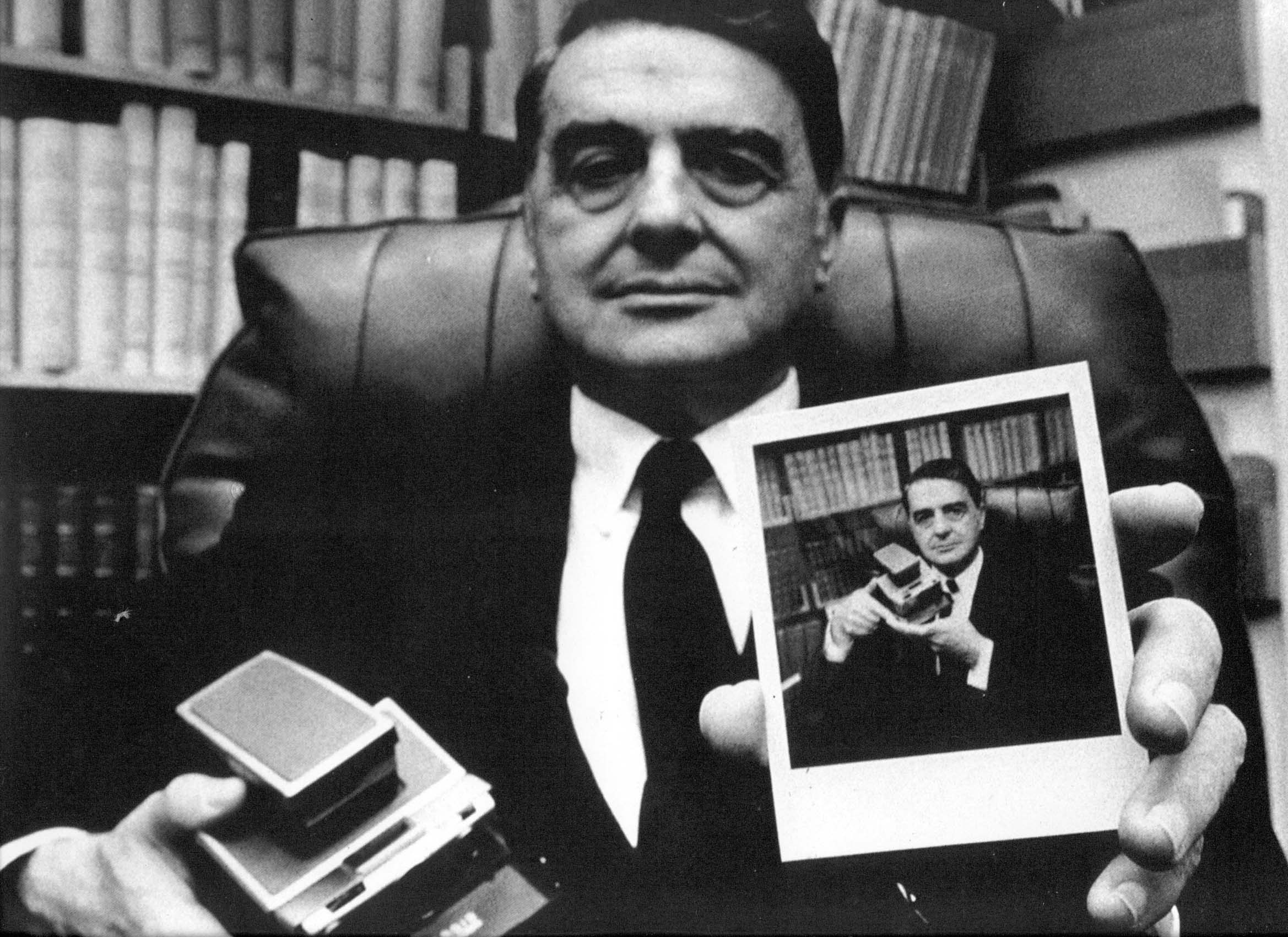
|
The groundbreaking, complex, technical and procedural aspects surrounding the development these technologies, especially the chemical elements and processes that made instant photography possible, were worked on painstakingly by a very small group of Polaroid employees (Blout 43-45). By 1950, Polaroid's first instant cameras and film were made available to the general public. The coming years would see a rapid evolution of Polaroid cameras and films. For approximately the next two decades the company enjoyed its share of successes, but by the early/mid nineties sales had slowed significantly. However, despite their efforts to boost sales and keep the interest and attention of the public, Polaroid announced in February of 2008 that it would be discontinuing all instant film production within the coming year ("The Impossible Project").
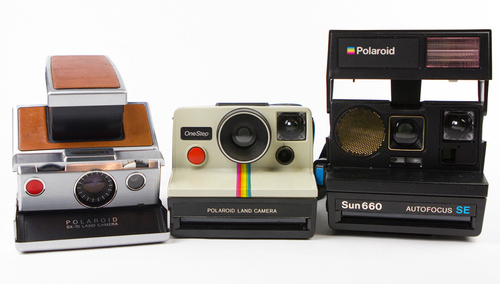
|
Though many speculate on the reasons for the decline in Polaroid (instant camera and film) sales, price of equipment, fascination with newer digital technologies, unreliability of materials, no one has produced a scholarly study to (dis)prove one or the other.
 Images as Artifacts |
 The Impossible Project |